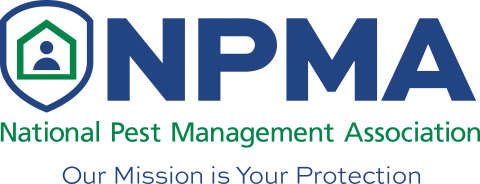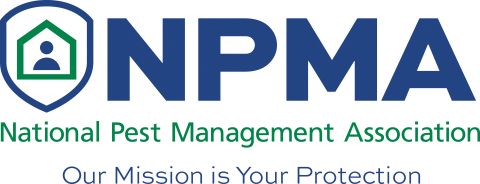FAIRFAX, Va.--(BUSINESS WIRE)--The National Pest Management Association (NPMA) today released its bi-annual Bug Barometer, predicting anticipated pest pressure across the U.S. this fall and winter. With heavy flooding in parts of the southeast, yet drought-like conditions in some northwest regions, extreme summer weather will have an impact on fall and winter pest pressure from coast to coast.
“Our team of entomologists analyze recent weather including rainfall and precipitation in each region of the U.S. and review expected weather patterns for the coming season. They then compare that data with their understanding of various pests and their biology to determine what we’ll see in terms of pest pressure and activity,” said Cindy Mannes, vice president of public affairs for the NPMA. “Understanding how pest pressure shifts as seasons change equips homeowners with the knowledge to help them better protect against home-damaging and disease-carrying pests.”
According to the NPMA’s Bug Barometer, here’s the expected pest forecast for each region of the U.S.:
Pacific Northwest: The region experienced warmer and drier than usual conditions. Over the past few months, outdoor rodent populations may be smaller; however, as temperatures cool, rodents will seek refuge inside structures.
Southwest & West Coast: Above normal precipitation, when combined with humidity, may result in larger pest populations, such as increased mosquitoes, that could persist through the relatively warm winter months. This is significant amid heightened concerns of Zika virus and West Nile virus. Anticipate milder winter weather to provide an ideal climate for occasional invaders such as earwigs and house centipedes to remain active later into the season.
Midwest: Summer began with a warmer and drier than usual season, with some states experiencing above normal rainfall, such as Minnesota, Wisconsin and Iowa. Cooler weather will push rodents indoors for the fall and winter. Overwintering pests will be forced inside earlier than usual if temperature drops sooner, so fall pest-proofing to keep pests out is key.
Southeast: Hotter, drier conditions persisted in some areas like Alabama and Georgia, while heavy flooding occurred in others, such as from Florida to Louisiana. Rainier regions collected more standing water, creating ideal mosquito breeding grounds. Areas that were hotter and drier may experience increased rodent pressure in buildings as temperatures cool in fall and winter. The region’s warmer winter season can yield above normal ant and occasional invader activity through the winter months.
Northeast: From a hotter, drier summer expect large stinging insect populations to persist until the weather begins to cool. Some species, including wasps, become more aggressive in the fall as they prepare for the winter. If you find a nest or hive on your property, do not attempt to remove it on your own and instead call a pest professional. Overwintering pests like stink bugs and boxelder bugs will have benefitted from the warmer weather and will be migrating into buildings as the weather cools. Colder upcoming weather will also drive rodents indoors in the fall and winter and taking advantage of pest prevention tips around the house can help keep these pests outside.
For more information on NPMA’s Bug Barometer or to learn more about protecting against common household pests, visit PestWorld.org.
The NPMA, a non-profit organization with more than 7,000 members, was established in 1933 to support the pest management industry's commitment to the protection of public health, food and property. For more information, visit PestWorld.org.




